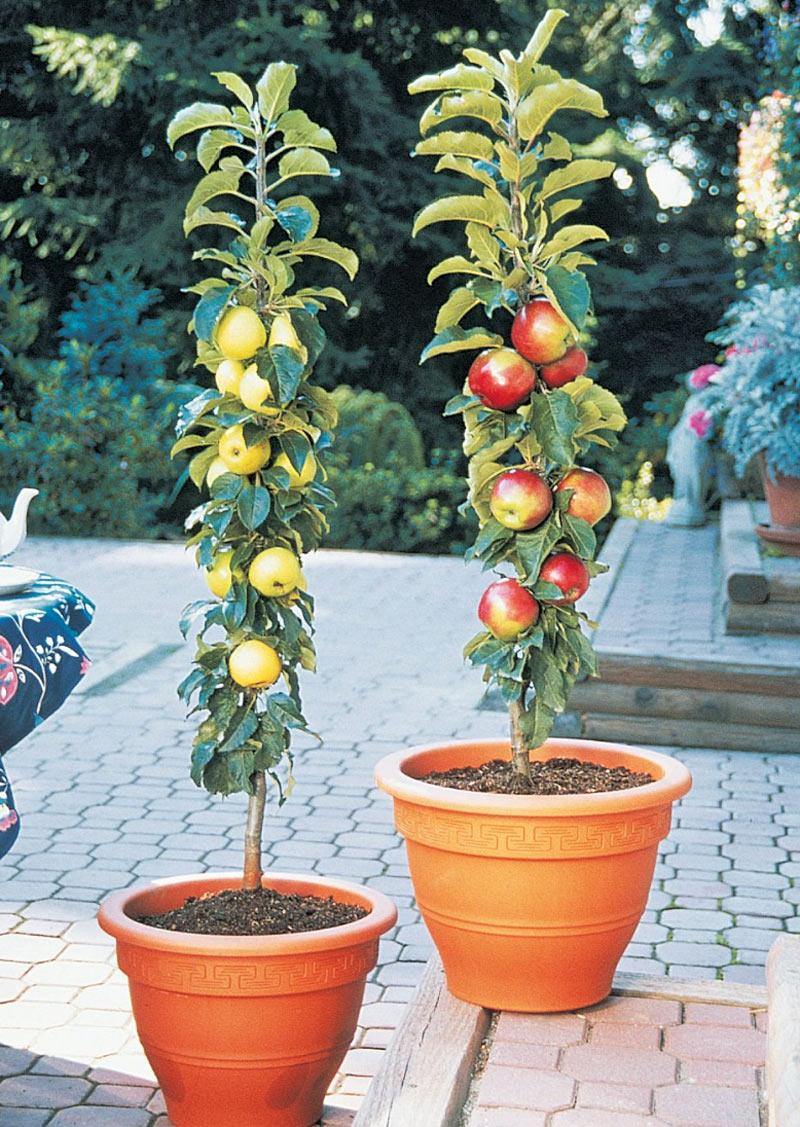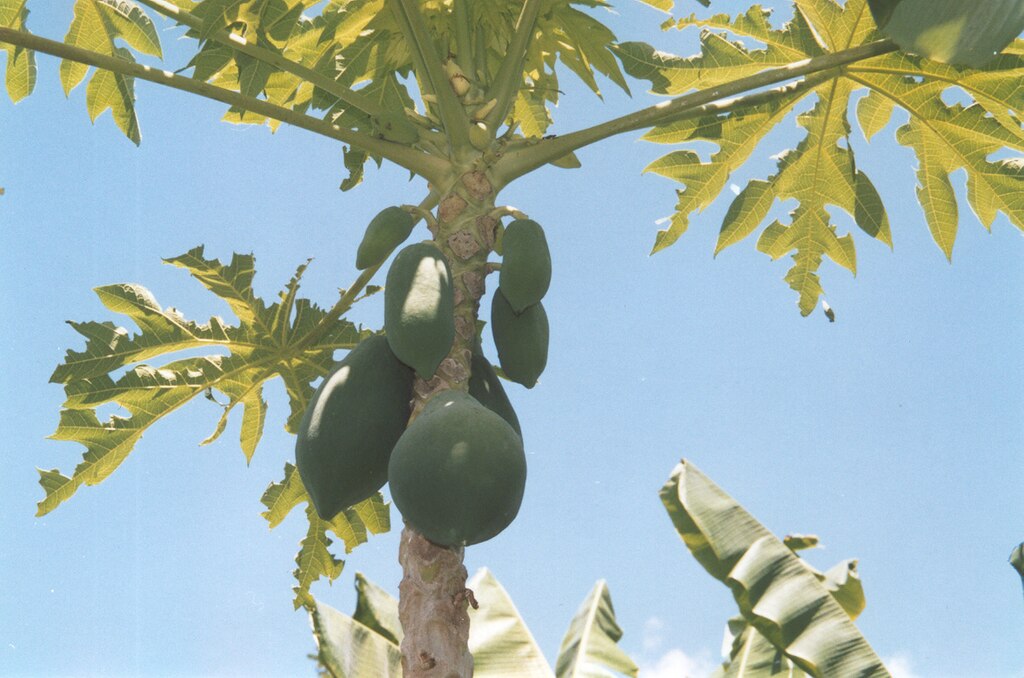Pineapples are native to the Americas, and they became known to Europe when Christopher Columbus discovered them on the island of Guadeloupe in 1493. He named it piña de Indies, or "pine of the Indians," because he thought that the pineapple fruit resembled pinecones. After he took some pineapple plants back to Spain, the Spanish introduced the pineapple to the Philippines, Hawaii, and Thailand, places where they are still grown.
Pineapple plants are not propogated from seed. However, they are easy to grow:
1. Remove the leafy top of the pineapple where it joins the fruit. Make sure to remove all the fruit from the top so it doesn't mold.
2. Remove the short leaves at the bottom until you have a 2-inch stem.
3. Dry this pineapple top for two days.
4. Plant the pineapple top in a pot filled with sterile potting soil. Only the two-inch stem should be below ground.
5. Water the soil, keeping it damp. Keep the plant in a shady place.
6. In two weeks, once the pineapple plant starts growing new leaves, move the plant to a sunny windowsill.
7. Water occasionally.
Pineapple plants grown this way do not always get fruit, but they usually start producing fruit once they reach a certain size. I planted a pineapple top about 5 years ago, and my plant recently flowered.
Pineapples take a long time to ripen, usually 6 months, sometimes longer. You can tell if a pineapple is ripe when it begins to turn yellow. After the pineapple ripens, the mother plant dies, but the sucker, which grows from the side of the mother plant, will replace it. Slips, which grow from the base of the pineapple fruit, can be replanted to grow new plants.



_6.jpg)
_bush.jpg)


